I bought a lot of 30 broken watches for about 50 bucks off eBay because one of them looked like something I could use for parts.
When I got the box home and started digging through it, I found this guy. It’s a Timex Southampton, reportedly one of the rarest Timex watches ever made.
Granted, that’s like saying it’s one of the rarest Chevy Chevettes ever made–even once I get it working well it won’t be worth more than about $100. But it’s still neat.
A little lever above the winding crown turns the second hand into a stopwatch. Push it up and the second hand stops, push it down and the second hand returns to 12. Leave it in the center, and the second hand runs like any other watch. It came in both cream and black-dialed versions, so I may be trying to find the black match for this one sometime down the road.
For anyone who ever wondered why Timex watches don’t have a lot of collector value, all you have to do is take off the back. The movements were rugged as anything and could survive incredible abuse, but they look more like wind-up toys than watch movements.
The origin of the Timex movements came when they were originally called the Waterbury Clock Company, which in addition to making clocks and watches also made mechanical fuses for bombs during World War II. As you can imagine, those fuses had to be durable, accurate, and cheap to produce. Once they didn’t need to sell as many fuses anymore, they also became the perfect basis for inexpensive wrist watches that could “take a licking and keep on ticking,” as the old slogan used to say.
A couple other quick notes on the watch. It’s from 1958, the only year they made the model. And the lume on the hands and numbers is apparently radium. I don’t have a Geiger counter, so I can’t check for sure, but the dial has a very faint shadow of one of the hands burned into it, which is typical of radium watches with the hands left in one position for years.
I’m not overly worried about the radiation from the watch as it’s minimal, but I have read recently that having more than a few radium-lume watches in a small room can bring radon levels higher than acceptable. I may need to invest in a radon detector if I get more watches like these.
Also, if you’re want to read more about the history of radium lume in watches and clocks and the horrific impact it had on the people, in particular the dial painters, who worked with it, read Radium Girls:The Dark Story of America’s Shining Women.
Recent Posts
The latest posts on collecting vintage watches that won't break your budget.
How to Start a Watch Collection
I began collecting watches and learning to do some of my own maintenance just a couple years ago for a several reasons. First, I encountered an old Hamilton in a second-hand store that reminded me of a watch I had seen at my grandfather’s house when I was a...
Space-age Flea Market Watch Find – The 1970 Jovial Vision 2000
Note: This watch is currently up for auction on eBay until April 11, 2023. On a recent trip to Montreal I visited the Market St-Michel Flea market and discovered a vendor who had a nice collection of watches ranging from a 1920s Waltham to 1980s LCD models. As I...
Frankens, Fakes, and Other Horological Monsters for Watch Collectors
Given their potentially high value, easy portability, and often inexperienced buyers eager for a bargain, fake watches are a goldmine for shady people out to make a dishonest buck. In the past, many of these fakes were obvious, poor copies that gave up their true...
eBay Search Tips for Vintage Watch Collectors (and Everyone Else)
I've been an eBay member since 1998. And while the auction juggernaut certainly has plenty of problems, I've found it an invaluable resource both for buying and selling all kinds of collectibles. But if you're just using the site's standard search to find what you...
How Old is My Vintage Watch?
One of the most common questions for collectors is "how old is my watch?" Unfortunately, there's no single way to determine the age of a given vintage watch. Even watches from the same brand often have different ways of determining age depending on the era in which...
Uh-oh – A New Watch Obsession – Illinois 1928 Mate
I've been aware of Illinois watches, of course, but the brand always represented pocket watches, which have never interested me much. But at the NAWCC national conference last week, I came face-to-face with a wide range of Illinois wristwatches and became enamored....
Watching the World Go By, A Tick at a Time
Why yet another watch blog? When I started collecting just a short time ago, I found lots of great information on collecting watches all over the web. But there was no one place for a new collector who wasn't interested in high-end brands and models. This site is dedicated to consolidating what I've learned, and will continue to learn, in one place. At the same time, I hope to connect some people to the sources I find most valuable.
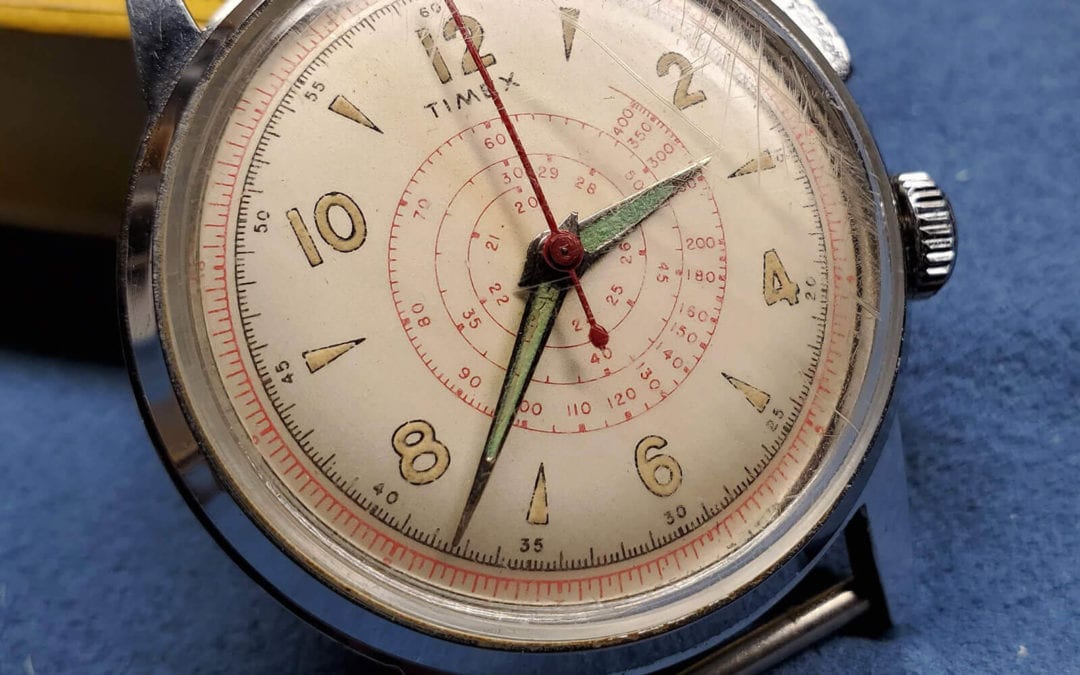

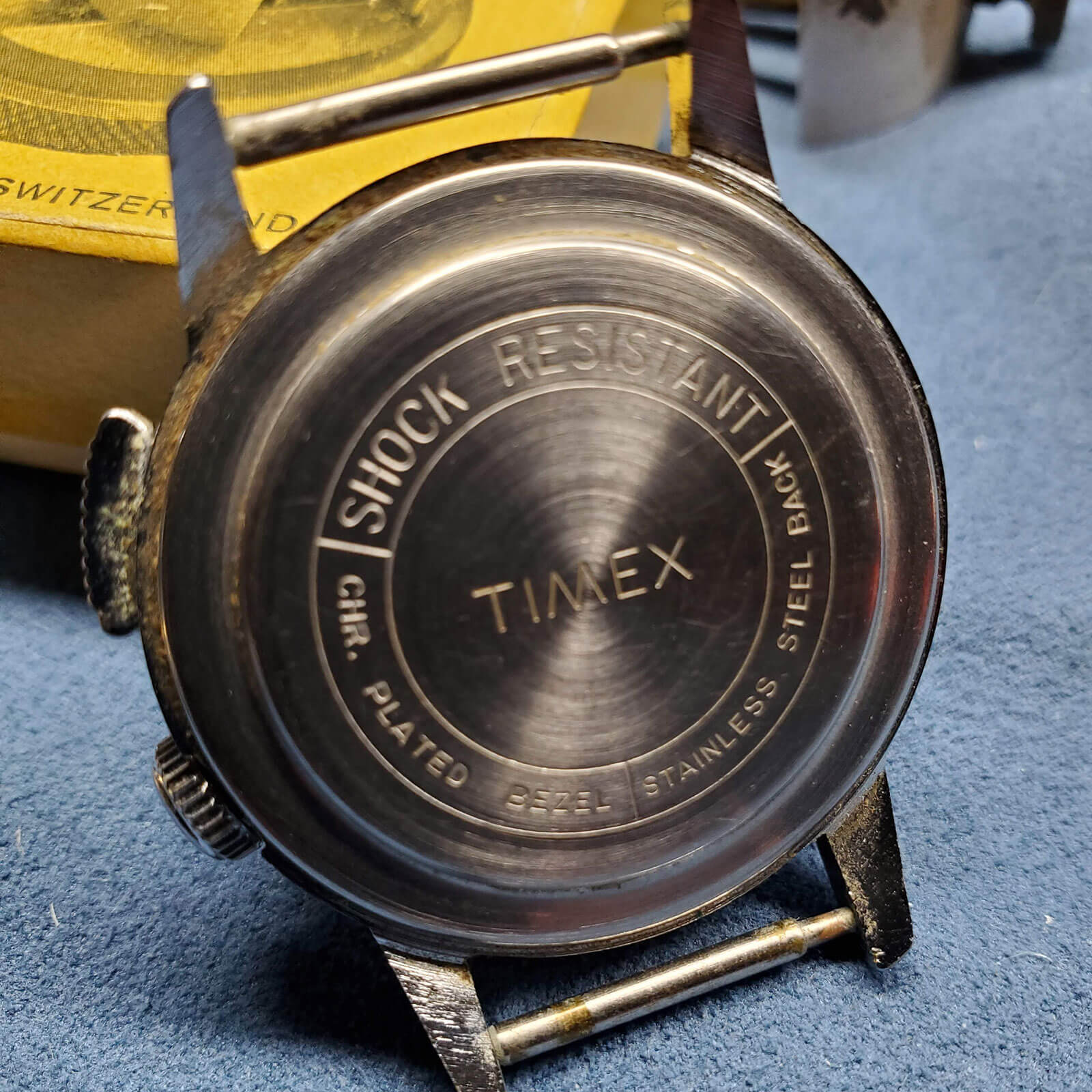
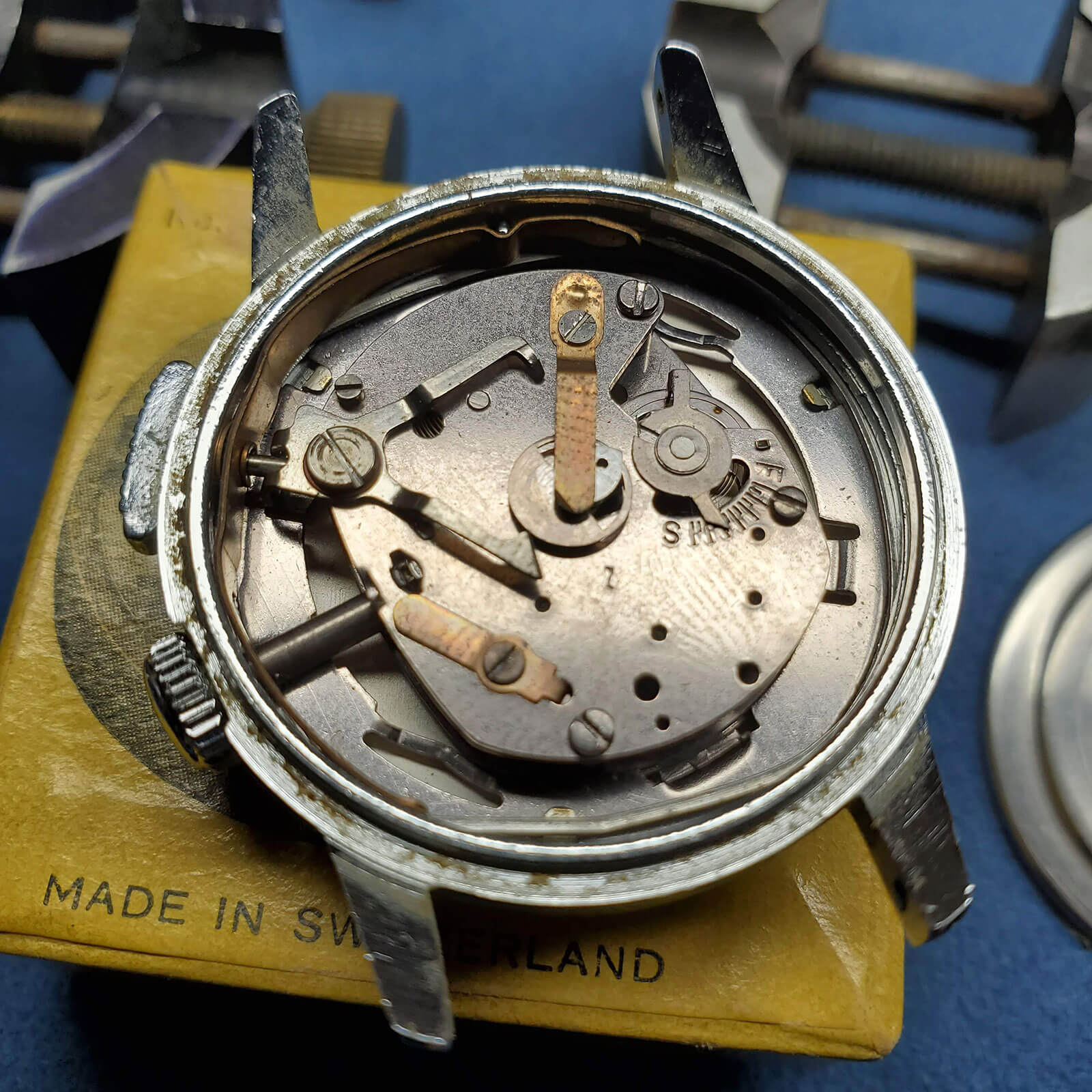

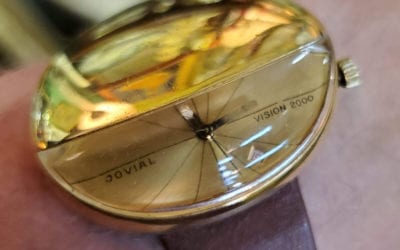




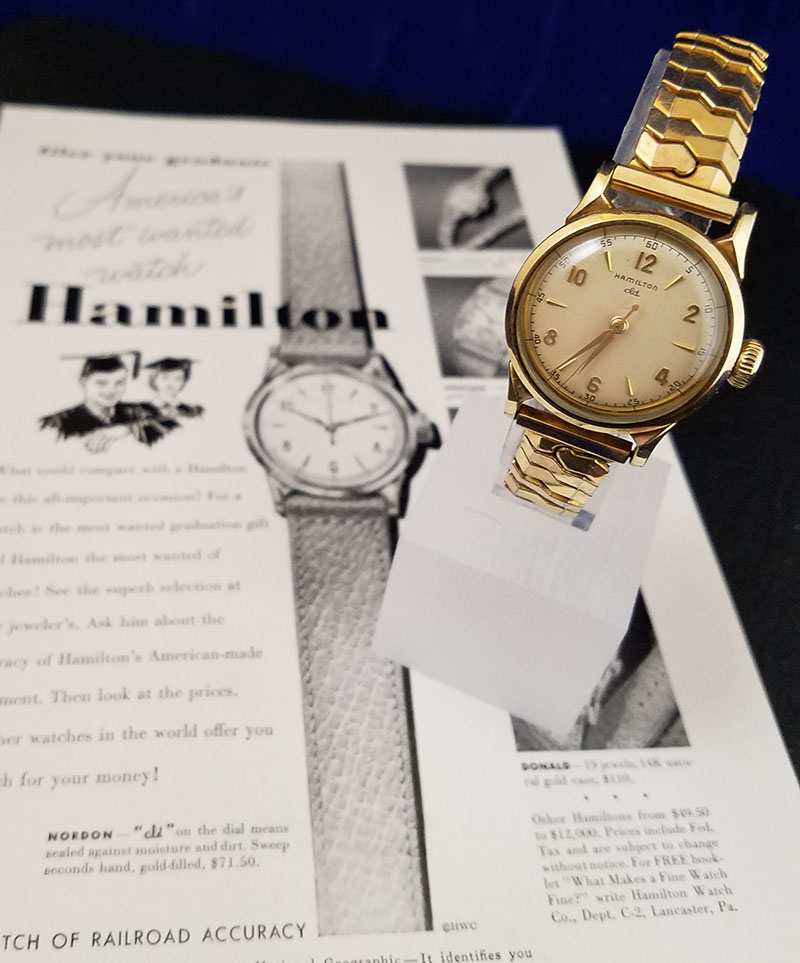
Recent Comments